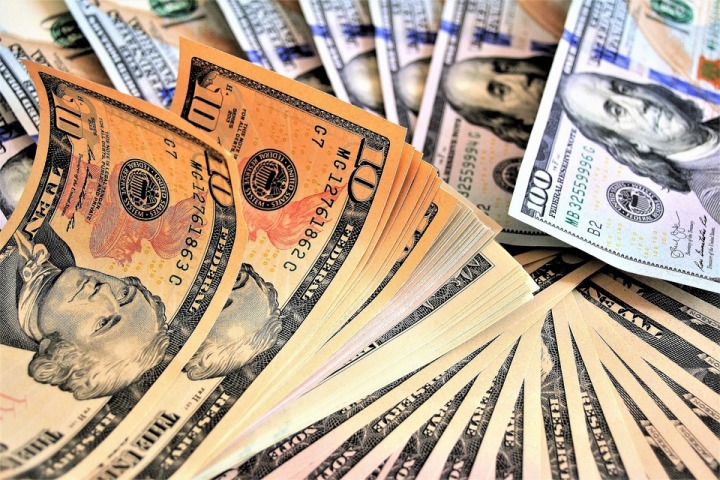Dollar hovers near one-week high against yen on strong US jobs data

The dollar hovered near a one-week high against the yen on Monday, buoyed by stronger-than-expected U.S. jobs and factory data, although the Federal Reserve's cautious policy outlook and thinned holiday trade in Asia are likely to cap further gains. Data on Friday showed that the U.S. economy created 304,000 jobs in January, the highest in 11 months, and above street estimates.
The greenback was marginally higher versus the yen at 109.53, following its largest percentage gain in almost a month during Friday's U.S. session. "The non-farm payroll was a strong number and is supporting the dollar. A dovish Fed had hit the dollar/yen but rising stocks and solid U.S. data have led to this bounce back," said Nick Twidale, chief operating officer at Rakuten Securities. The solid jobs report also allayed concerns of the slowdown in the U.S. economy, leading traders to trim expectations the Fed would need to cut interest rates to support the economy later this year.
The benchmark 10-year U.S. Treasury yield was 2.69 percent, rebounding from a four-week low of 2.619 percent earlier last week. Rising U.S. yields are most likely to support the dollar in the near term. In broader moves, currency markets stayed in tight ranges in early Asian trade, with euro trading flat at $1.1455. China's financial markets are closed all week for the Lunar New Year holiday. Other Asian markets are also closed for parts of the week, keeping wider market activity subdued.
The Australian dollar was lower by 0.2 percent at $0.7234 while the kiwi was marginally higher at $0.6901. The Aussie was hit after the release of weaker-than-expected building approvals data. Traders are now focusing on the Reserve Bank of Australia's monetary policy meeting on Tuesday, where it is widely expected to keep the cash rate steady. Weakening economic data has led analysts to feel the RBA would most likely keep monetary policy accommodative.
Futures markets imply around a 50-50 chance the RBA will cut the 1.5 percent cash rate by the end of the year, despite its repeated assertions that the next move would be up. "Market expectations have emerged for a rate cut as opposed to the RBA’s view that the next move in rates is an increase. The RBA will also need to temper its optimistic economic outlook" in Tuesday's monetary policy statement, said Philip Wee, currency strategist at DBS, in a note.
The dollar index, a gauge of its value versus six major peers, was steady at 95.58. Despite the strong labour market, the U.S. central bank is widely expected to keep rates steady this year thanks to heightened worries over global growth, especially in China. Growth in the euro area has also been weaker-than-expected with Europe's main economic engines, France and Germany, slowing down.
Rising U.S. interest rates were the main driver of the greenback's outperformance last year. However, most analysts do not see much upside in the dollar this year as U.S. borrowing costs are widely expected to remain steady. Elsewhere, sterling was flat at $1.3083 in early Asian trade. Traders expect the British pound to remain volatile as Brexit uncertainty remains high. The Bank of England is scheduled to meet later this week and widely expected to keep interest rates steady.
(With inputs from agencies.)
- READ MORE ON:
- This Is Us
- Federal Reserve Act
- Federal Reserve Bank
- Federal Reserve System
- South Asia
- Asia Cup
- Southeast Asia
- Reserve Bank of Australia
- Commitments of Traders
- Traders Village
- Day trader
- Central bank
- Food bank
- Bank of Ireland
- Systems analyst
- Business Analyst
- Financial Analyst
- Bank of England
- Printer driver
- Driver's license
ALSO READ
Euro area yields end the week up, markets scale back bets on ECB rate cuts
Cong, AAP eye tribal LS seats in Gujarat; BJP’s grip too strong, say political analysts
Volatility expected in Indian stock market amid Israel-Iran tension: Analysts
Potential Anti-Incumbency Could Pose Challenge for 6-Term MP Kulaste in Mandla: Analysts










